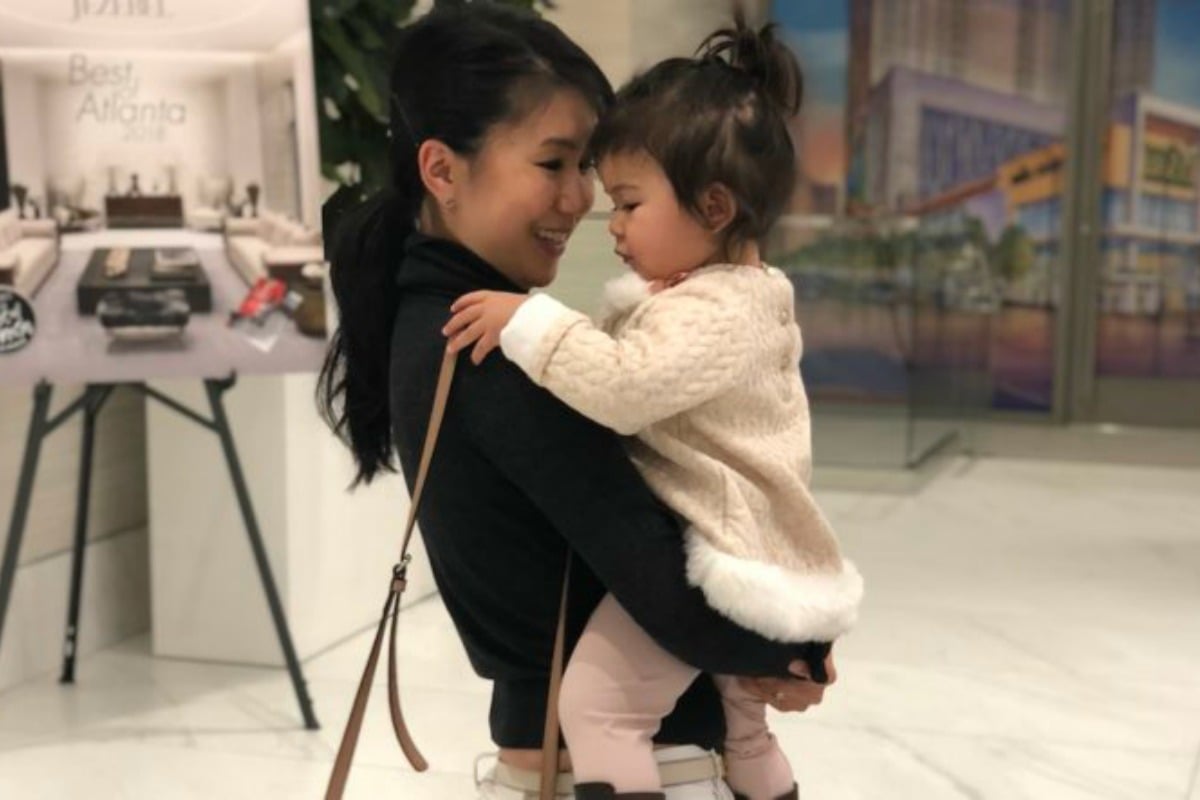
Throughout my medical training, I thought putting an infant to sleep was as simple as putting them down in a bassinet or a crib. When parents approached me complaining of how difficult it was to get their infant to sleep, I would think to myself, “put them down and that’s that!”
After my daughter Madi was born, I realised how challenging it is to get your child to sleep in their own crib or bassinet, and to sleep for more than a few hours at a time.
The first few months of Madi’s sleep were challenging, but I expected it. As a family doctor, I knew that infants are not expected to sleep through the night until they are around four months old. I would breastfeed Madi to sleep and gently transfer her to the bassinet, but the motion would cause her to wake and we would have to repeat the bedtime routine all over again. As she would wake up every three to four hours, we ended up doing this at least three times per night.
My husband and I were exhausted, but we assumed that if we could make it to four months, we would all be sleeping through the night.
In my medical practice I have reassured many parents that sleep training is safe so long as periodic checks are made. As a mother I could not follow my own advice. I read blogs written by other mothers saying that sleep training caused their child to develop attachment disorders, depression, anxiety and even attention deficit hyperactivity disorder (ADHD).
I worried that sleep training would cause my child to feel alone or unsupported. The medical misinformation I read online made it difficult for me to “practise what I preached” and delayed my decision to sleep train my baby.
